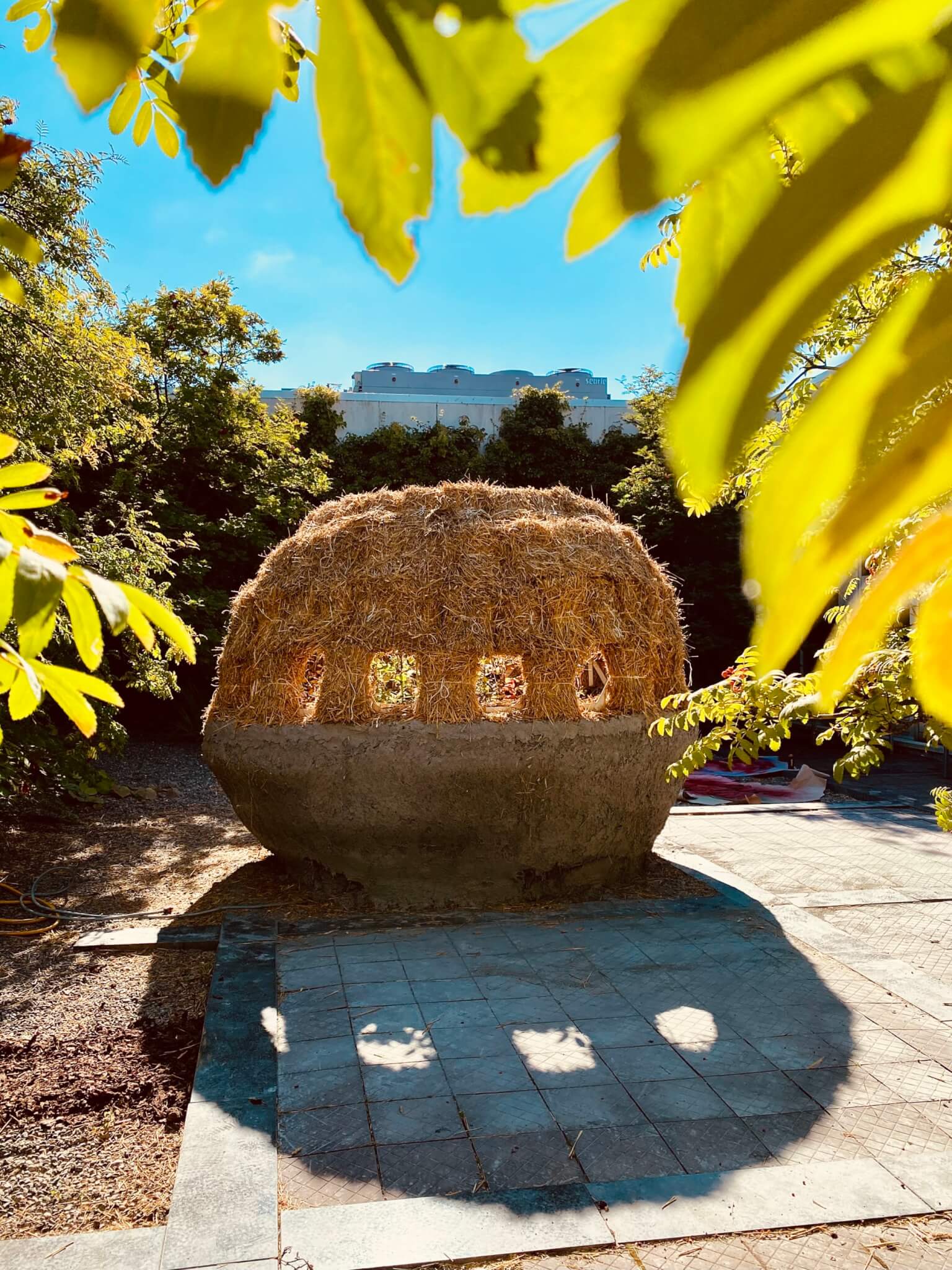Oslo Architecture Triennale hopes to clarify processes of placemaking through exhibitions, talks, and workshops
Oslo is the rapidly growing capital of an oil-rich state, which (thanks to a rare act of governmental foresight) today has a $1.3 trillion sovereign wealth fund. The city regularly features among pseudo-scientific indexes like the World Happiness Report and nowhere-near-scientific rankings like Monocle’s “most livable” list (#23 this year). Among urban-design connoisseurs, it’s known as one of Europe’s most underrated capitals. Architecturally, you’d be hard-pressed to find a denser concentration of functionalist buildings—perfect examples of the genre, all taken for granted, that is to say, well used.
Less discussed in the pages of Monocle are the things that are making cities increasingly unliveable, be it housing affordability or systemic roadblocks to accruing wealth. Christian Pagh, head of the Oslo Architecture Triennale (OAT), has sensibly made these issues the basis of the event’s eighth edition, Mission Neighborhood: (Re)forming Communities. “There’s a very clear problem in the way we plan, which is heavily privatized and short-sighted,” he told AN. “It’s very weird that in such a rich country the planning can be quite so bad. It may not be evident to nonurbanists, but Oslo’s new ‘public’ spaces suck.”

Pagh is Danish and has a background in philosophy and business strategy. It’s slightly curious, then, that his triennial adopts a quasi-activist bent, with a mission-forward theme that affects a certain urgency and bottom-up mode of redress. In interviews for outlets such as this one, he is keen to invoke Jane Jacobs’s example for countering the removed, dispassionate gaze of the planner with an approachable sociology of place. At the same time, he points out how even the most malign developers have coopted signifiers of authenticity, posing as safekeepers of a neighborhood’s identity while physically displacing it.
After being named OAT’s director in January 2021, Paugh relocated his family to Grünerløkka, a formerly working-class district in Oslo’s East End reborn as a magnet of desirable real estate. The origins of the titular focus, he said, lay in getting to know his new home during a stifling period. “COVID made our relation to place weirder, freer, but also more dependent on the neighborhood scale. There was a weird alienation that made us much more conscious of our surroundings. This experience turned the neighborhood into a question mark.”
Typically, biennials and triennials are pileups of question marks (or, worse, “interrobangs”), where the intensity of intellectual fretting is matched only by a fierce evasion to prescriptive solutions. This makes a certain amount of sense, seeing as how design festivals thrive on the production of cultural, and not political, clout. The world’s problems may be elaborated ad infinitum, but to act on any of these challenges—particularly via recourse to axonometric drawings or formal analogies—risks looking silly.

Mission Neighborhood, which was curated by Pagh, takes this risk. Comprising analytical displays, urban design proposals, and alternative development models, the exhibition takes over the former modernist home of the Munch Museum, where the OAT team will also be staging talks, workshops, and other activities as part of a “neighborhood lab” through the end of October. The design projects are overwhemingly specific to the Nordic context, an emphasis Pagh explains in surprisingly frank terms: “The Global South is incredibly important in these issues, but I just don’t know all that much about it.” Among the handful of non-Nordic projects are a plan for preserving a high street in Zagreb and a discursive hub set up by a South London council to foster “community-led city making and governance.”

In a similar vein, Coming into Community, a separate exhibition at the National Museum – Architecture, presents materials about feminist, queer, and multicultural perspectives on civic planning. The displays draw attention to the impacts architecture and planning have on marginalized groups, whose spaces are especially vulnerable to redevelopment or rezoning schemes. (A third exhibition, at the ROM for Art and Architecture, was organized with the Master’s in Art and Public Spaces program at the Oslo National Academy of the Arts and largely foregrounds student interpretations of Pagh’s theme.)
A train of pop-ups, parties, and activations will follow in the days after the public opening on Thursday. Pagh has been careful to craft an overarching message that is palatable—which is to partly say, intelligible—to Oslo residents as well as technocrats, corporate executives, and other members of the business-travel set. Where previous editions of OAT skewed toward concept-laden discourse, limiting its intake to architects, Mission Neighborhood simplifies and, in doing so, hopes to clarify processes of placemaking. “We’re trying to articulate that the social and spatial component of place needs to get a voice,” he said. “It doesn’t normally get a voice except from architects. We want to move that discussion into boardrooms.”

That attitude should raise some eyebrows among the more critically oriented visitors at OAT. To which Pagh responds: I get it. “You can call it corny, you can call it naïve. But it’s also true that we can change the world.”
The Oslo Architecture Triennale opens September 22 and runs until October 30, 2022.
